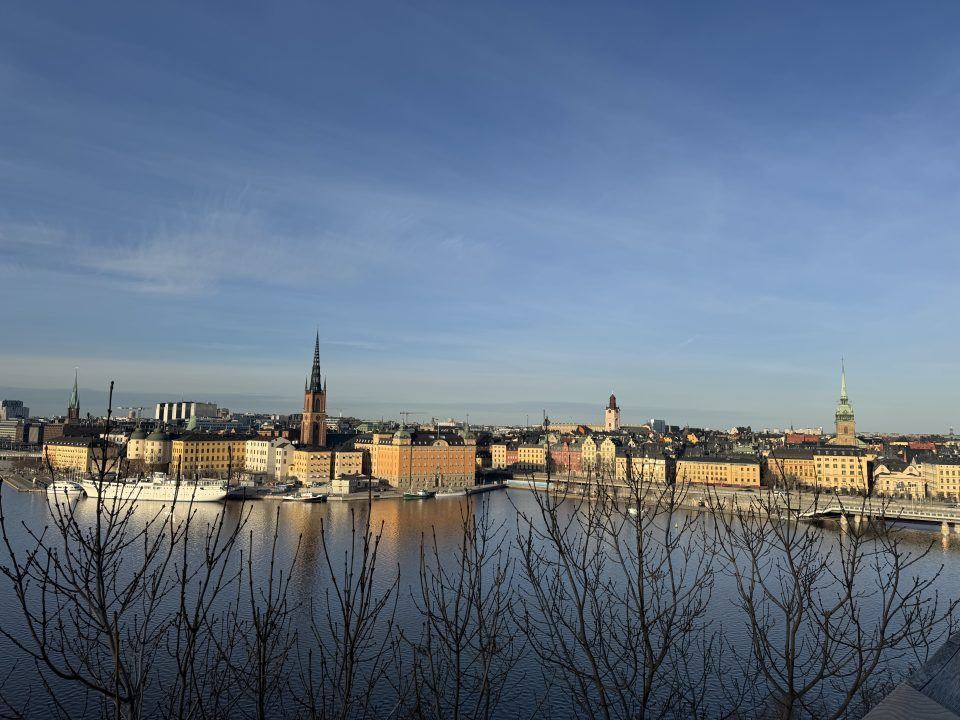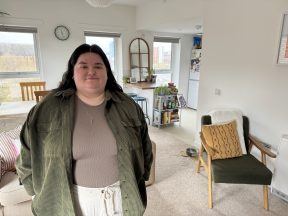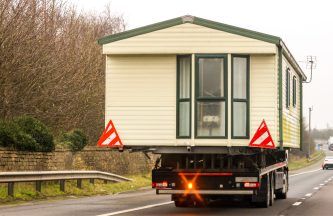Imagine a world where your monthly rent covers the cost of heating, hot water and council tax.
You don’t have to put down a deposit or pay a month’s worth of rent in advance.
Well, it exists.
In towns and cities in Sweden, you can live in a desirable area for £630 a month. All bills, except electricity, are included. The catch? It might take you 20 years to secure one.
Hopping in a taxi at Arlanda airport, 40 minutes drive from the capital, the driver tells me he doesn’t ever see himself living in central Stockholm.
“It’ll take me two decades to get a home there”, he laughs as we cruise up the motorway. He lives in a suburban town with rent controls in place, but it’s not his desired location.
It’s a topic of great interest to people like me – on the outside looking in at a fascinating housing model.
The system seems simple. When locals turn 18, instead of rushing out to buy their first pint, they’re heading straight to the council office to register their name on a list for a rent-controlled apartment.
Prospective tenants pay an annual fee to remain in “the queue” and – depending on how long they’ve been waiting in line – they can apply for a home where the rent is set every year in an agreement between the landlord and tenants’ union.
Rents are standardised across the board. A two-bed flat in the west of the city is the same price as one in the east, which will be hard to believe for anyone living in Glasgow or Edinburgh.
The issue, just like the problem with social housing supply in Scotland, is that there aren’t enough rent-controlled properties to go around.
In the 1970s, around 90% of homes in Stockholm were under this model. Now it’s closer to 30%.
Landlords have sold up and taken their properties off the market after feeling they weren’t getting enough money to compensate for the value of their assets.
An extremely powerful tenants’ union further stokes the age-old supply and demand dilemma.
Many locals and Scottish expats I met during my time in Stockholm spoke to me about the illegal subletting culture in Sweden.
Locals are quick to emphasise the illegality of this, but many people find themselves in a chain of as many as three or four people, or offering a cash bribe to get into a flat in a desirable area.
Meanwhile, the person at the top of the chain is secure because as long as the rent is paid on time, the flat is theirs until they decide to leave it for another one. For that reason, few people move around or hop from property to property.
The elderly have their own scheme to secure housing and there are flats designated for young people.
But generally the system is very challenging for newcomers and many young people live at home until they’re in their late 20s or 30s.
Swedish people pay some of the highest taxes in the world, which are meant to go towards offsetting public services such as housing. It’s little wonder some feel they’re not getting as much bang for their buck.
However, there is a very different attitude towards housing in Sweden compared to Scotland.
The Scottish Government have scrapped legislation brought in to cap rents, and now landlords will be able to ask for rents in line with market value.
Tenants in Scotland can still challenge rents.
But they could see their rent go up by more than the landlord proposed if they are assessed not to be in line with market value.
Interestingly, that is something that landlords in Sweden also want to see.
Within the Scottish Government’s Housing Bill there are plans to introduce rent pressure zones, which could be implemented by 2027 at the earliest.
As it stands, that could see local authorities dictate how much rent should be paid in certain areas of Scottish towns and cities.
Until then, it could be a rent hike free-for-all.
Once those zones end, many experts are concerned that rents will skyrocket again as landlords recoup possible lost income during the cap.
Will councils, therefore, decide it’s worth implementing?
Meanwhile, in Stockholm an increase of 5% in rent is being viewed as harsh or something to grumble about.
Ultimately, both Scotland and Sweden are not building enough homes to cope with the demands of a growing population.
We might be looking to our Nordic neighbours for inspiration when it comes to solving our housing crisis, but their model doesn’t always provide ‘home sweet home’.
Follow STV News on WhatsApp
Scan the QR code on your mobile device for all the latest news from around the country
























